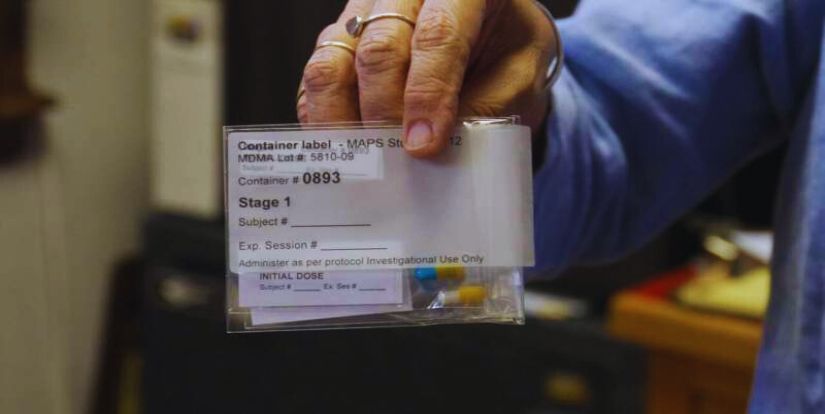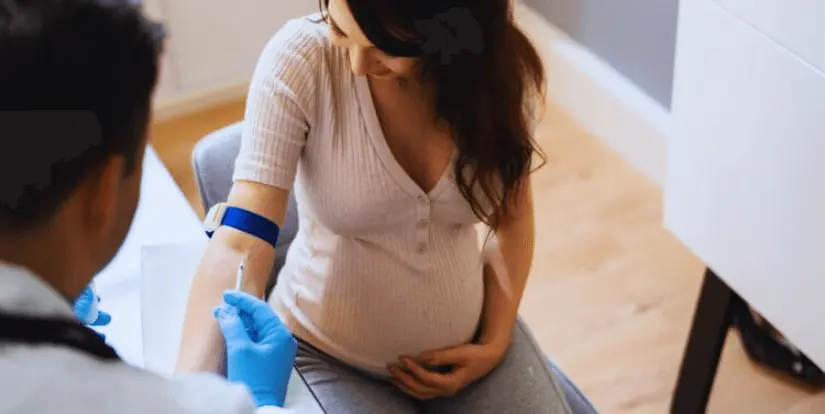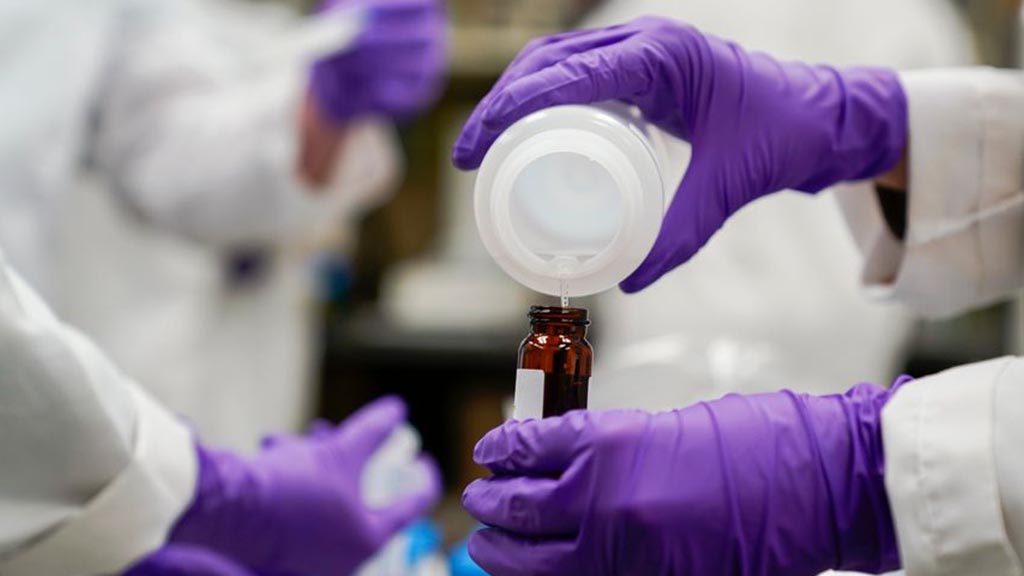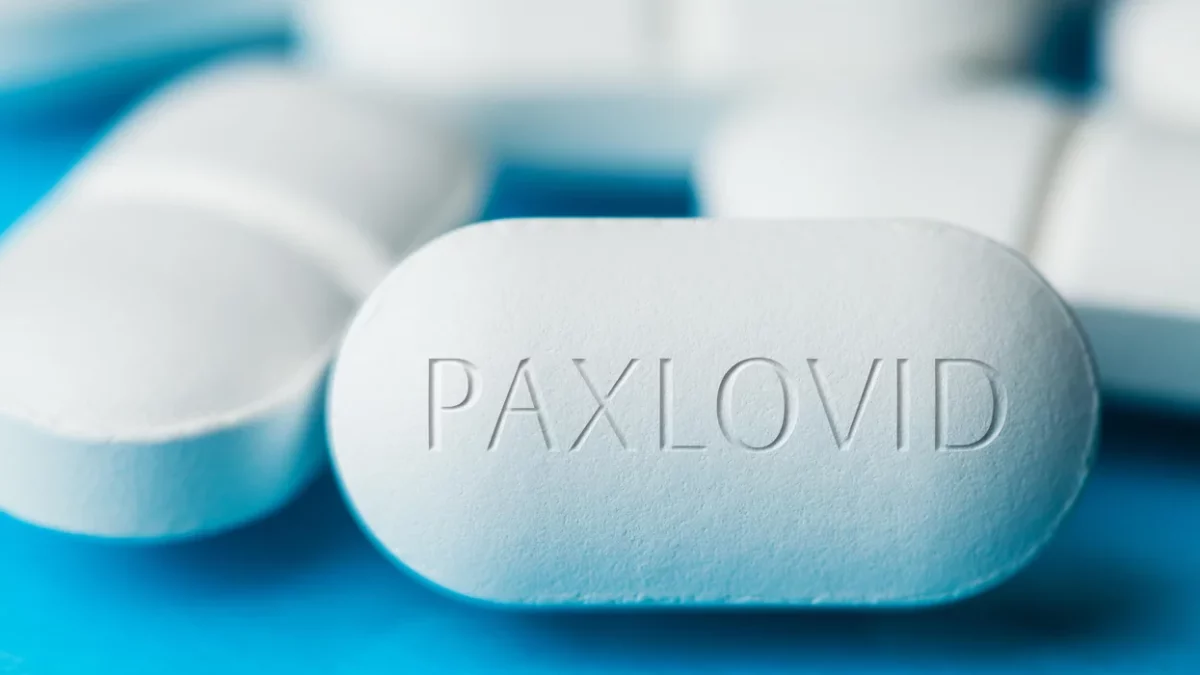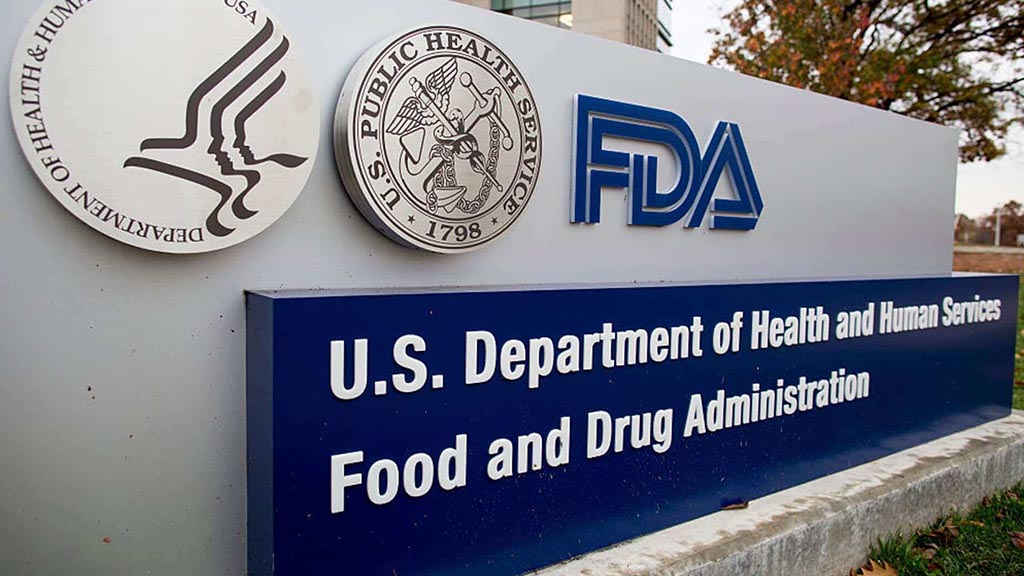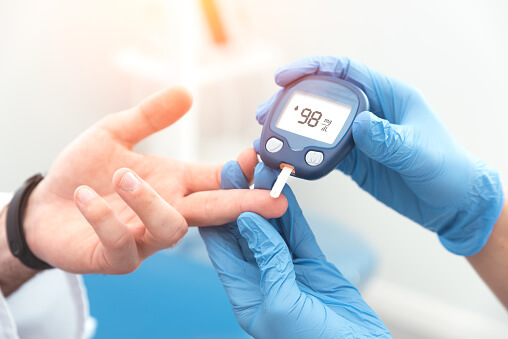Researchers at the University of Chicago conducted a groundbreaking study. They published it in Scientific Reports on September 22, 2023, and explored the pharmacological effects of MDMA and its influence on social interactions.
This research aimed to understand how MDMA influences human connections on a deeper level.
Volunteers participated in a series of experiments in a meticulously controlled laboratory setting. They were divided into groups, some of whom were administered MDMA while others received a placebo.
This study is intriguing because it also included a group that received methamphetamine, a stimulant with different effects on the brain compared to MDMA. Despite their differences, researchers investigated both substances for their potential to enhance social connectedness.
Also Read, FDA Approve First RSV Vaccine for Pregnant Mothers to Safeguard Infants
Hanna Molla, Ph.D., a postdoctoral fellow in the Department of Psychiatry and Behavioral Neuroscience at the University of Chicago and the primary author of the study, provided insight, stating, “MDMA heightened sensations of connection, aligning individuals with their conversation partners and amplifying the significance of their interactions compared to those who received a placebo.”
But interestingly, we found the same effect with methamphetamine. Pharmacologically, there are distinctions between the drugs, so there might be differences in the underlying mechanisms to how these drugs produce feelings of closeness.”
The Lab of Social Interactions
This groundbreaking research took place under the guidance of Harriet de Wit, Ph.D., Professor of Psychiatry and Behavioral Neuroscience at UChicago and senior author of the study.
De Wit’s team specializes in studying the effects of various substances on social interactions.
The experiment involved pairing healthy adult volunteers with partners they had never met. To ensure unbiased results, the participants were unaware whether they had received MDMA, methamphetamine, or a placebo.
This double-masked design aimed to minimize the influence of expectations on the participants’ experiences.
Following the administration of the substances, the volunteers engaged in structured conversations with their partners. The researchers provided question prompts to initiate casual discussions about topics like favorite TV shows or holidays, avoiding deep or highly emotional issues.
Also Read, Ban on Disposable Vapes Proposed Amid Concerns of Child Addiction
The Methamphetamine Surprise
The study also included an experiment with methamphetamine, albeit at a much lower dose than typically associated with recreational use.
Methamphetamine has the potential for abuse, but doctors also clinically prescribe it in small amounts to treat conditions such as narcolepsy and attention deficit hyperactivity disorder (ADHD).
Regarding brain receptor interactions, methamphetamine shares some similarities with MDMA but also exhibits differences.
In both experiments, the participants evaluated the overall quality of their conversations and their feelings towards their partners. Additionally, we collected saliva samples to measure oxytocin levels, a hormone that strengthens social bonds.
MDMA vs. Methamphetamine: A Closer Look
Volunteers who received MDMA reported feeling significantly more connected to their conversation partners and had more positive feelings about the interactions.
The drug also increased oxytocin levels, which correlated with the sense of closeness experienced.
In contrast, those who received methamphetamine reported similar feelings of intimacy with their partners. However, their emotions were not tied to oxytocin levels.
Researchers studying MDMA believe its ability to enhance traditional psychotherapy lies in its capacity to forge a stronger connection between the patient and therapist. This heightened connection can lead to more open and meaningful discussions about the patient’s emotions and experiences.
Harriet de Wit shared her thoughts, saying, “When people use a drug like MDMA for fun, they might think it helps them feel closer to others. As researchers, we’re curious about the psychological reasons behind this. Our findings from studying MDMA in a controlled lab setting suggest it could help with therapy and make it better. There might be various ways to make people feel closer, like through oxytocin with MDMA or other methods. But simply having a long conversation might also help people feel connected.”
Last Words
The study at the University of Chicago highlights the profound effects of MDMA and, surprisingly, methamphetamine on social interactions.
Although MDMA is commonly associated with recreational use, this research suggests that it has the potential to be a therapeutic tool, especially in psychotherapy.
As we delve deeper into the complex world of human emotions and connections, these findings open up new possibilities. They can enhance therapy and human relationships.
Also Read, How has artificial intelligence in healthcare evolved

